Church re-roofing leads to two new product lines from tile manufacturer
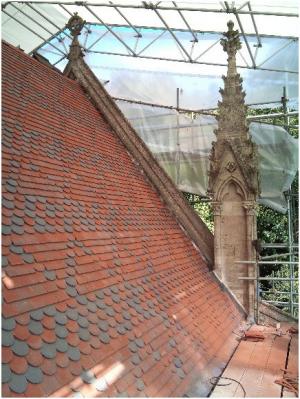 When the call came through to Dreadnought Tiles requesting tile samples for a church re-roofing project little did the manufacturer realise that the contract would lead to the development of two new product lines aimed specifically at plugging a gap in the restoration market.
When the call came through to Dreadnought Tiles requesting tile samples for a church re-roofing project little did the manufacturer realise that the contract would lead to the development of two new product lines aimed specifically at plugging a gap in the restoration market.
Read more: Church re-roofing leads to two new product lines from tile manufacturer
Discreet heating solution for heritage warehouse conversion
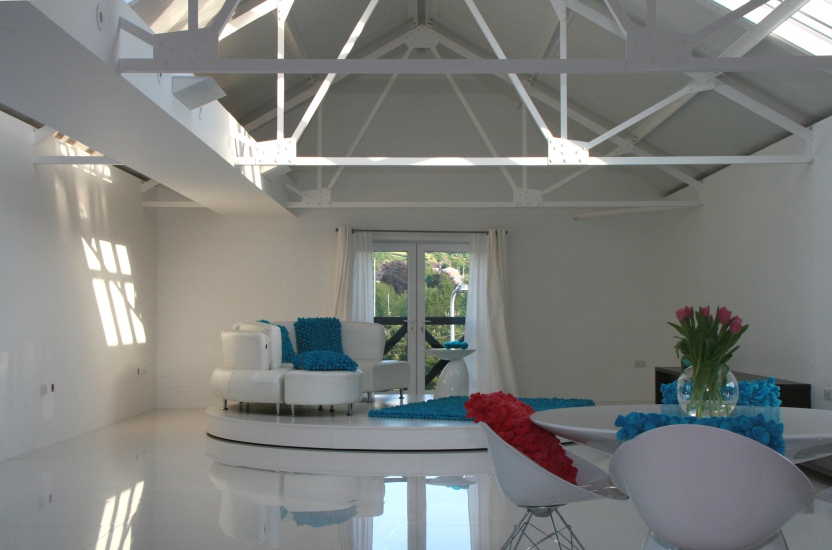 When a 19th Century wharfside store in Carmarthen was transformed into a luxurious family home, choosing a heating system that would complement the interior aesthetics while maintaining energy-efficient comfort was essential. The answer proved to be a Unico small duct warm air heating system, where the only visible signs of the system are discreet outlets in each space.
When a 19th Century wharfside store in Carmarthen was transformed into a luxurious family home, choosing a heating system that would complement the interior aesthetics while maintaining energy-efficient comfort was essential. The answer proved to be a Unico small duct warm air heating system, where the only visible signs of the system are discreet outlets in each space.
Read more: Discreet heating solution for heritage warehouse conversion
New church hall meets stringent building requirements
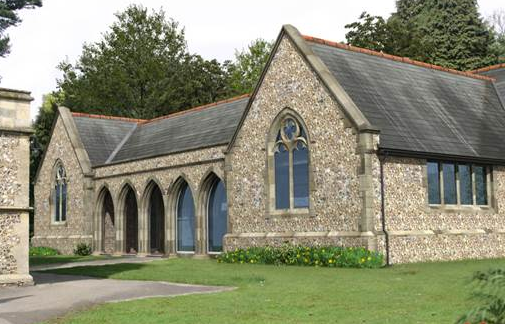 When St John The Evangelist Church in Redhill, Surrey decided that they needed a church hall, to address the lack of children’s facilities as well as the need for office space, they approached specialist contractors Surrey-based Corniche Builders Ltd to undertake the project which had to meet a number of stringent requirements.
When St John The Evangelist Church in Redhill, Surrey decided that they needed a church hall, to address the lack of children’s facilities as well as the need for office space, they approached specialist contractors Surrey-based Corniche Builders Ltd to undertake the project which had to meet a number of stringent requirements.
The church is a Grade B Ecclesiastical Listed Building, whilst the churchyard and boundary wall are curtilage listed. The proposal required work to be carried out within the graveyard and so there were issues relating to the sensitivities of the relocation of graves. The site also lies close to the Earlswood and Redhill Common Site of Nature Conservation Interest (SNCI).
Read more: New church hall meets stringent building requirements
BTP Architects gets the vote for landmark historical project
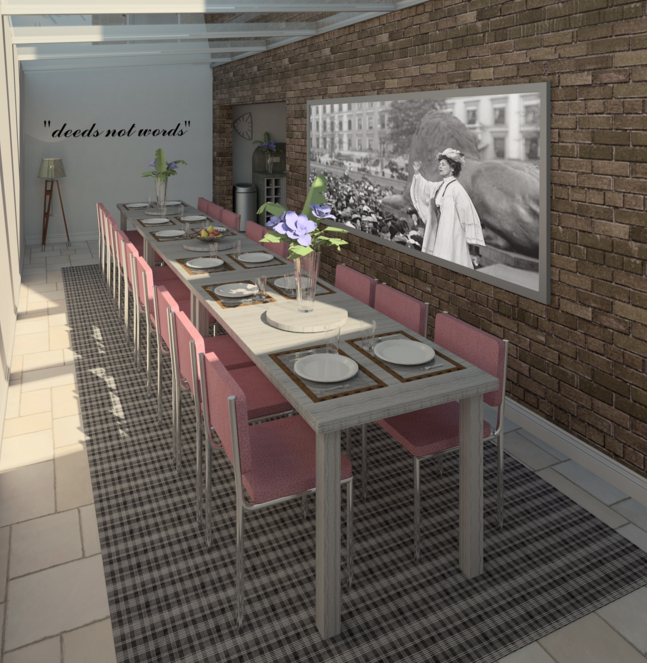 BTP Architects has been appointed to restore the landmark Pankhurst Centre in Manchester. Subject to successful fundraising, the £2.6m project will see a complete refurbishment of the site which is the former home of suffragette, Emmeline Pankhurst.
BTP Architects has been appointed to restore the landmark Pankhurst Centre in Manchester. Subject to successful fundraising, the £2.6m project will see a complete refurbishment of the site which is the former home of suffragette, Emmeline Pankhurst.
Following a design competition, BTP Architects was selected by the Pankhurst Trust to restore the Grade II* listed building and support its Stage 1 Heritage Lottery Fund bid.
Read more: BTP Architects gets the vote for landmark historical project
Record breaking year for Stirling Castle as visitor numbers rise
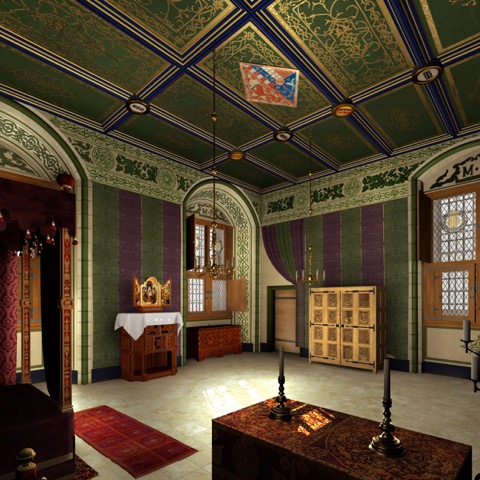 Stirling Castle is amongst a string of Scottish tourist attractions that had a record-breaking 2015, according to figures released by The Association of Leading Visitor Attractions (ALVA) today, Monday 7th March.
Stirling Castle is amongst a string of Scottish tourist attractions that had a record-breaking 2015, according to figures released by The Association of Leading Visitor Attractions (ALVA) today, Monday 7th March.
ALVA reports a 5.48% increase in visitors to its member sites across Scotland, with Historic Environment Scotland confirming a 4.1% increase in footfall – a total 458,932 visitors – to Stirling Castle last year.
Read more: Record breaking year for Stirling Castle as visitor numbers rise
Short on music rehearsal space at your church? Help is at hand!
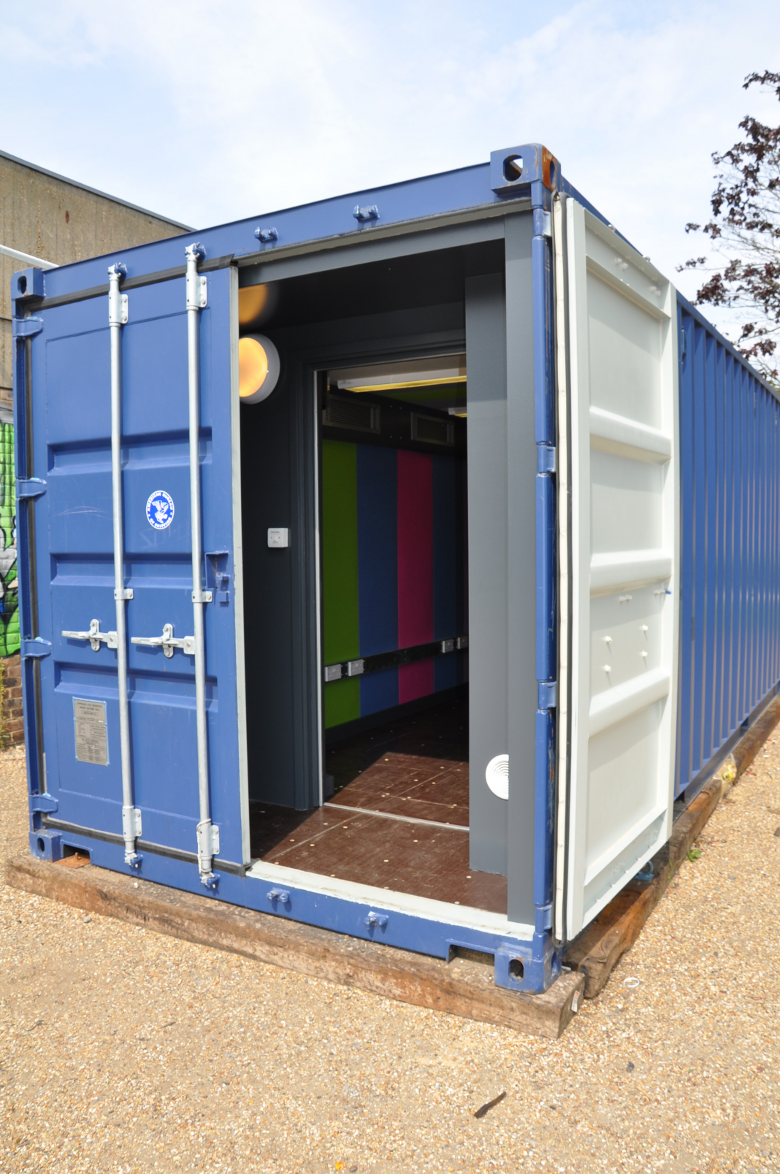 You could say that music is the heart and soul of our churches. Unfortunately, space is often limited for rehearsal and practice, however there is now a low budget tried and tested innovative solution.
You could say that music is the heart and soul of our churches. Unfortunately, space is often limited for rehearsal and practice, however there is now a low budget tried and tested innovative solution.
BeatBox™ is a fantastic contemporary music space offering a dedicated soundproofed environment for music creativity. Providing a unique music practice room for bands or solo players, it is transportable, compact and tenacious.
Read more: Short on music rehearsal space at your church? Help is at hand!
Steel windows - the important questions answered
 Our picture shows W40 steel windows and doors. The Steel Window Association have provided answers to nine of the most important questions surrounding steel windows:
Our picture shows W40 steel windows and doors. The Steel Window Association have provided answers to nine of the most important questions surrounding steel windows:
1. Do steel windows rust?
Modern steel windows, positively rustproofed by the hot dip galvanizing process and then polyester powder coated, together with brass and stainless steel hardware, will provide as good if not better durability than is offered by competing materials.
Multiple wins at London Planning Awards for Trafalgar Place
 Trafalgar Place, residential scheme designed by De Rijke Marsh Morgan Architects (dRMM) has won the ‘Best New Place to Live’ and the ‘Mayor’s Award for Planning Excellence’ at London Planning Awards, 2016.
Trafalgar Place, residential scheme designed by De Rijke Marsh Morgan Architects (dRMM) has won the ‘Best New Place to Live’ and the ‘Mayor’s Award for Planning Excellence’ at London Planning Awards, 2016.
As the first phase in Lendlease’s regeneration of the former Heygate Estate, Elephant & Castle; Trafalgar Place is a scheme of 235 homes integrated within the historic fabric of the predominantly 19th century neighbourhood. The design reconnects the existing monolithic architectural interventions of the Heygate Estate and integrates the adjacent neighbourhoods.
Read more: Multiple wins at London Planning Awards for Trafalgar Place
Edinburgh Castle seeks modern apprentices
 Historic Environment Scotland is celebrating Scottish Apprenticeship Week by offering 9 school leavers the opportunity to join the team at Edinburgh Castle on a two-year Modern Apprenticeship.
Historic Environment Scotland is celebrating Scottish Apprenticeship Week by offering 9 school leavers the opportunity to join the team at Edinburgh Castle on a two-year Modern Apprenticeship.
Starting in June 2016, the Modern Apprentices will spend their first three months taking part in a thorough induction of the castle, before being thrown into working life at Scotland’s most popular visitor attraction. Over the two years, apprentices will divide their time between college and hands-on experience of working in one of three main areas: admissions, tour guiding, or retail.
2016 UK Roofing Awards – finalists revealed

After receiving almost 300 entries this year, we are delighted to announce the finalists for the UK Roofing Awards in 2016. The competition ran from September until the end of January when a panel of technical experts from supporting trade associations whittled the entries down to just 56 projects across 14 categories. The winners are then chosen by a small panel of construction professionals.
The winners will be announced at the UK Roofing Awards ceremony on Friday 13th May 2016. We wish this year’s finalists the very best of luck. All the short-listed projects, sponsors and more information on the Awards can be found at www.roofingawards.co.uk.
Glass artist shines a light on notable events
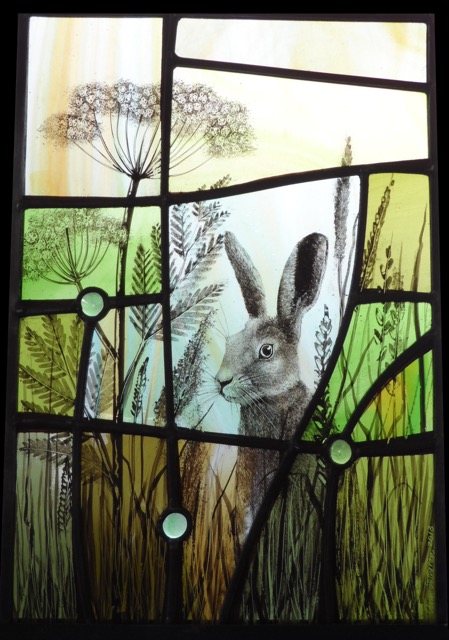 York-based stained glass artist Ann Sotheran has more than 25 years experience of designing and making stained glass for a wide range of locations. She works in the traditional English method of stained glass making, selecting and cutting glass from hand-made sheets sourced from English Antique Glass at Alvechurch, Lamberts in Germany and St Just in France, along with precious remnants of glass once made by Hartley Woods in Sunderland. The glass may be acid etched, painted and stained before being leaded.
York-based stained glass artist Ann Sotheran has more than 25 years experience of designing and making stained glass for a wide range of locations. She works in the traditional English method of stained glass making, selecting and cutting glass from hand-made sheets sourced from English Antique Glass at Alvechurch, Lamberts in Germany and St Just in France, along with precious remnants of glass once made by Hartley Woods in Sunderland. The glass may be acid etched, painted and stained before being leaded.
Maximizing experience and expertise to custom build for the future
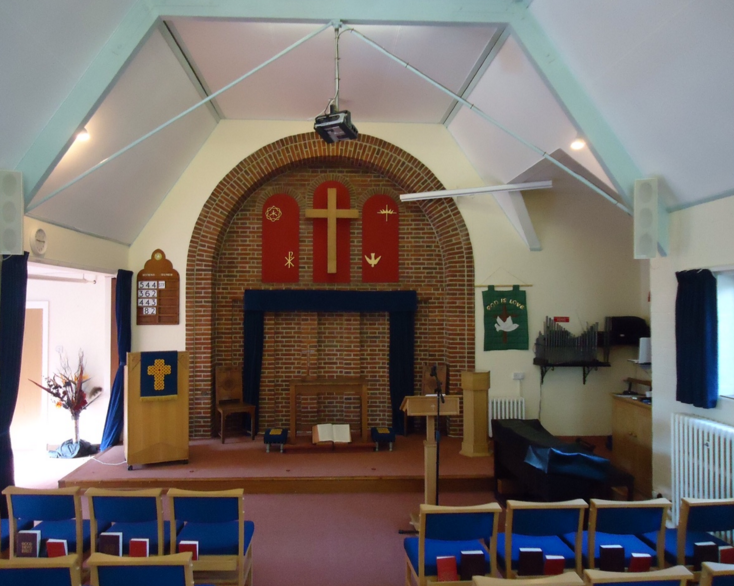 Frimley Green Methodist Church is a brick built building in the heart of Frimley Green, serving both the church and the wider community. The building was first completed in 1940, and replaced an old tin chapel, since then an extension has been added and the wooden stalls replaced with more comfortable seating. The church is a busy multi-functional venue with many activities taking place each week. In 2015 a decision was made to update the building and Fullers Finer Furniturewas commissioned to carry out the work.
Frimley Green Methodist Church is a brick built building in the heart of Frimley Green, serving both the church and the wider community. The building was first completed in 1940, and replaced an old tin chapel, since then an extension has been added and the wooden stalls replaced with more comfortable seating. The church is a busy multi-functional venue with many activities taking place each week. In 2015 a decision was made to update the building and Fullers Finer Furniturewas commissioned to carry out the work.
The brief was to modernise and improve the functionality of the space at the front of the church and to provide new furniture that was both aesthetically pleasing and pleasingly functional.
Read more: Maximizing experience and expertise to custom build for the future
Oak coffer at historic church restored to former glory
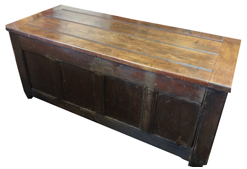 Southampton based Ian Wall Furniture Restoration were contacted by the Parish Church of St Margaret of Antioch, East with West Wellow about an old oak coffer that had been used for many years to store the flower arranging paraphernalia.
Southampton based Ian Wall Furniture Restoration were contacted by the Parish Church of St Margaret of Antioch, East with West Wellow about an old oak coffer that had been used for many years to store the flower arranging paraphernalia.
The back and base had become detached and it was no longer stable. Upon inspection it was found to have suffered badly with woodworm and the bottom rail at the rear was so badly damaged it fell away.
With a limited budget it was decided to insert a section of oak so that it was able to hold the back panels and floor in situ. A length of oak was dimensioned and machined to accept the old structure and then inserted into place. It was then coloured to bring it to a dark colour to match as best possible within the time constraints.
Read more: Oak coffer at historic church restored to former glory














